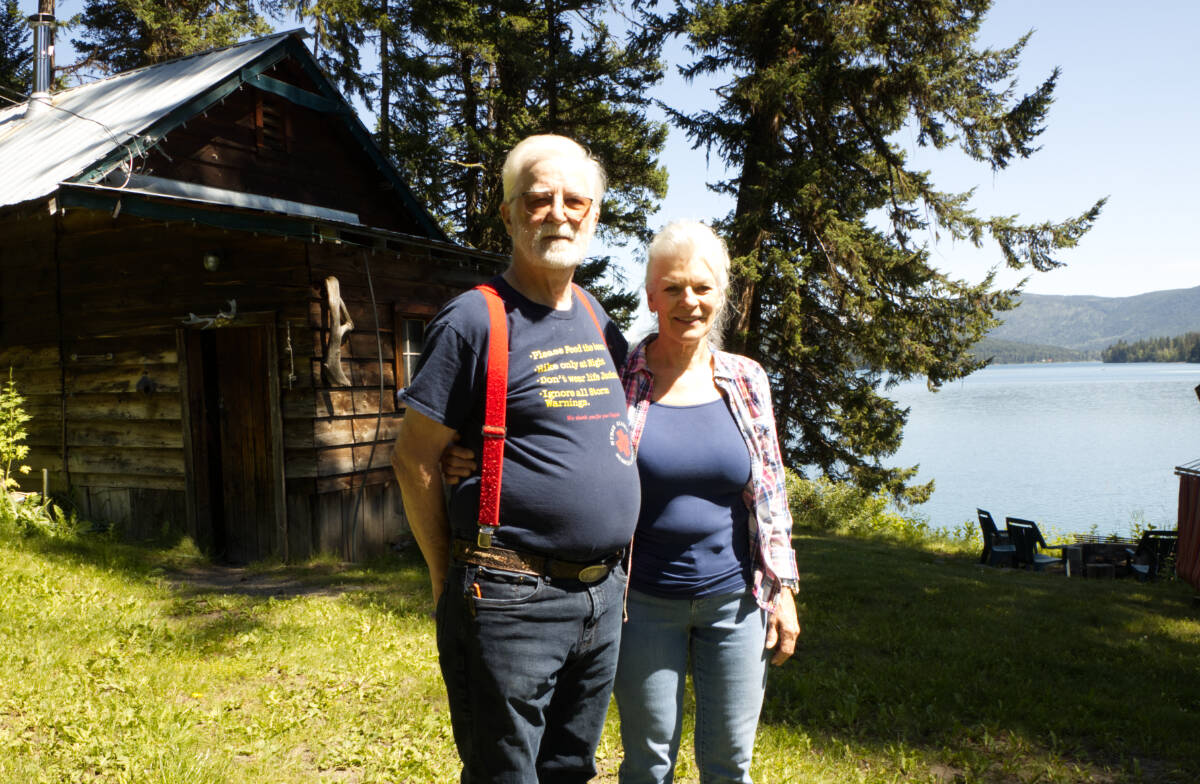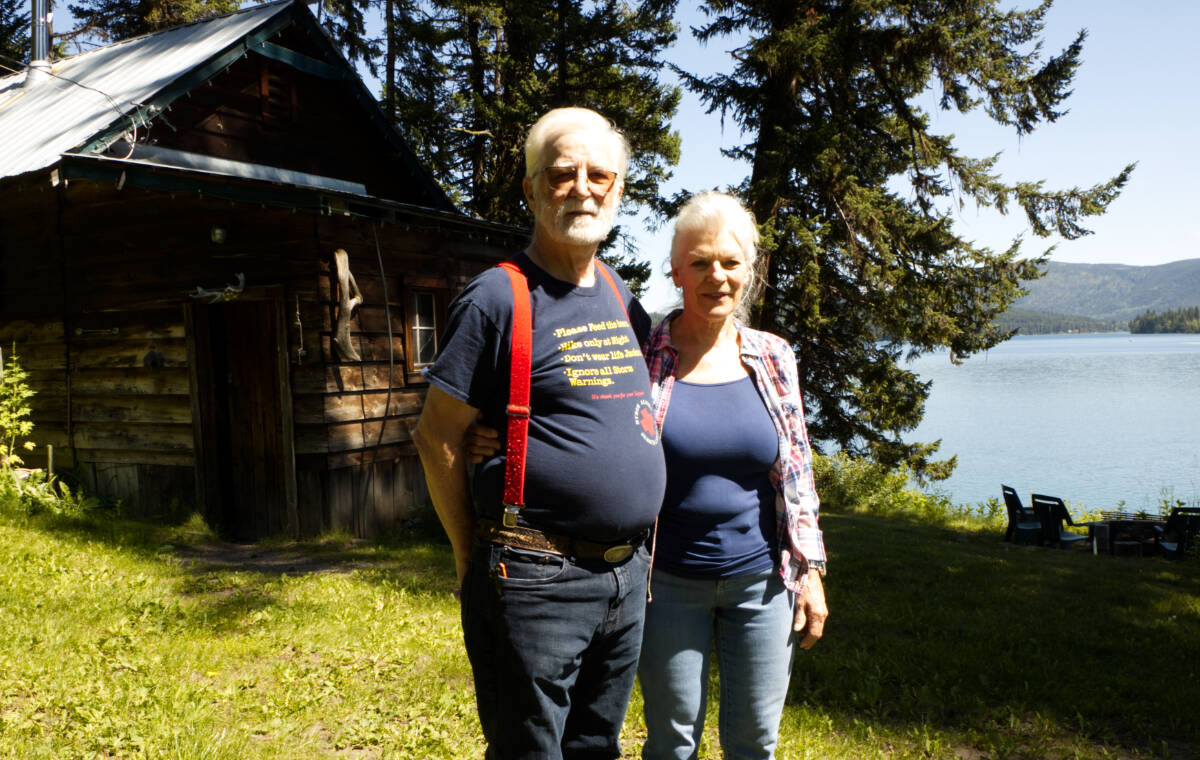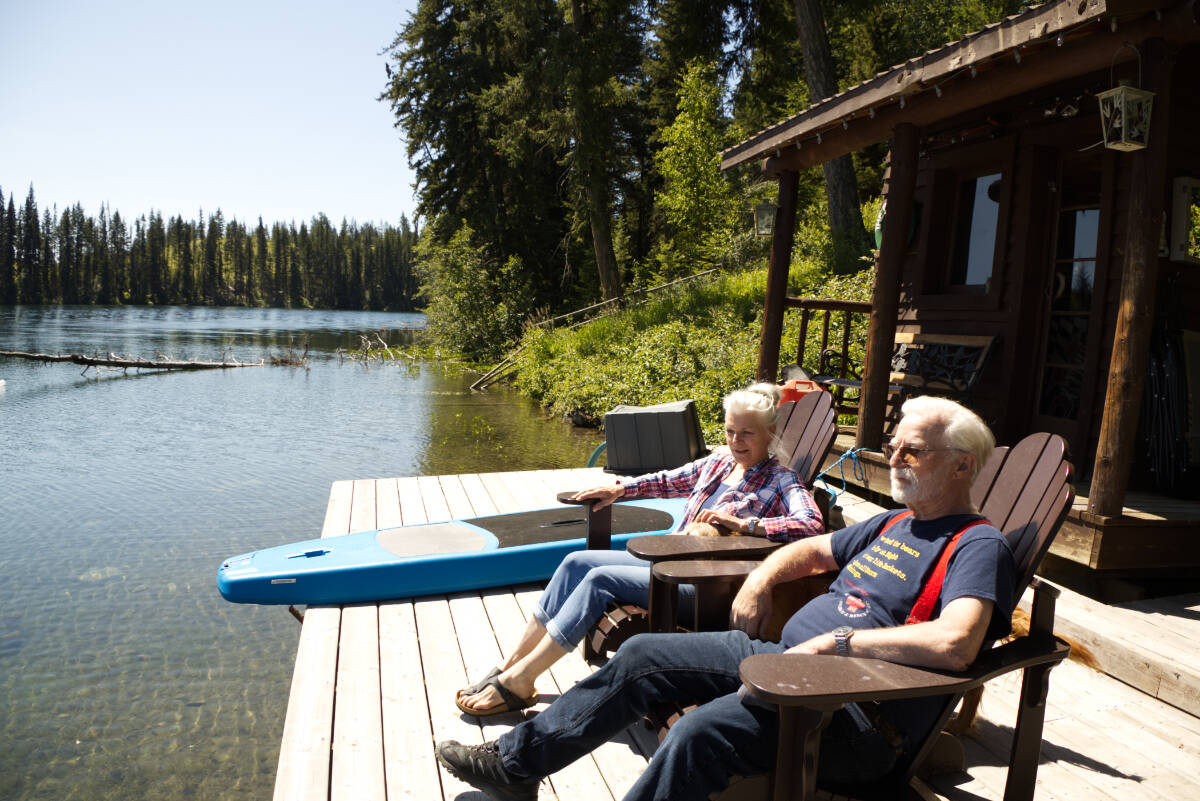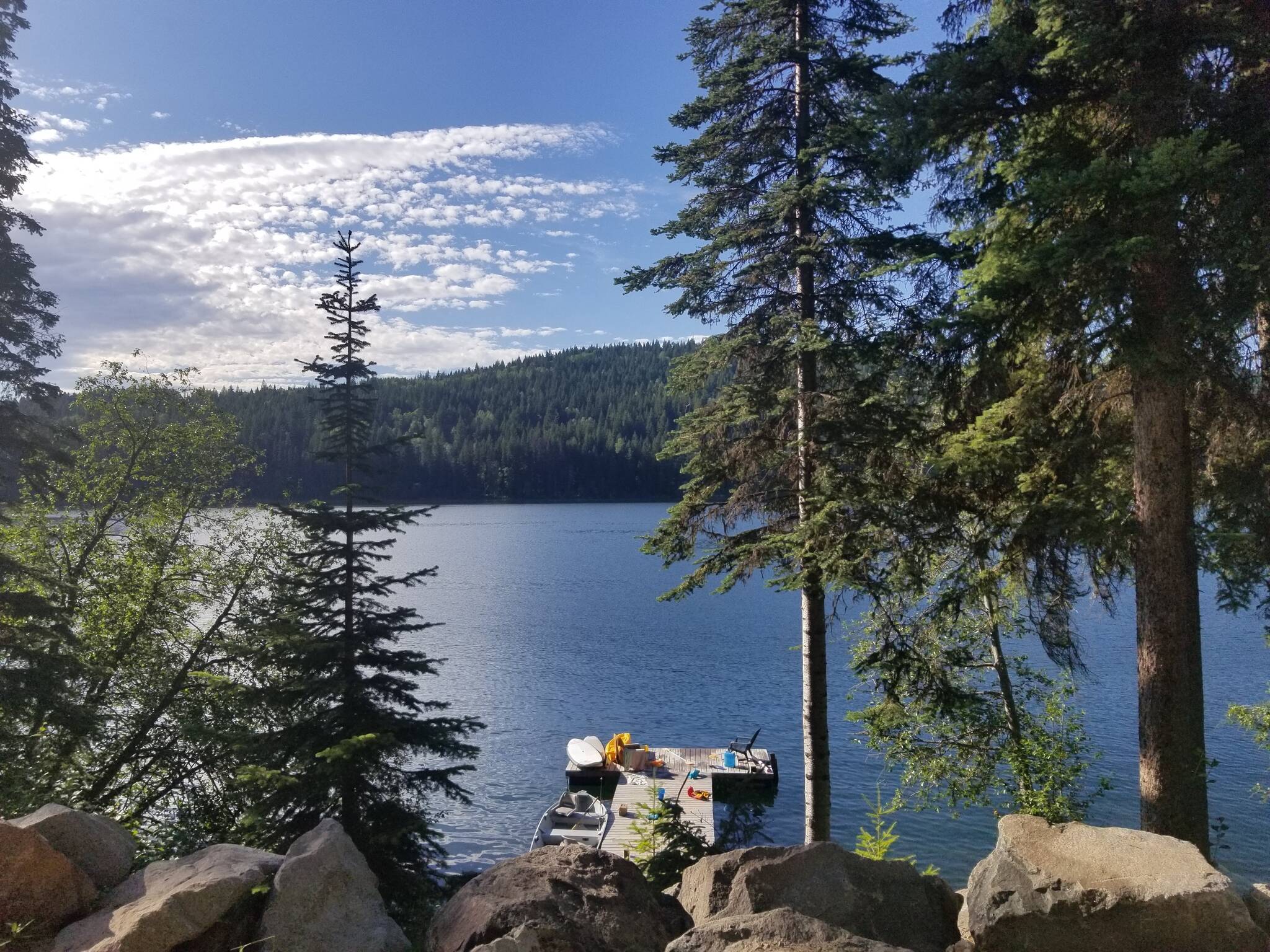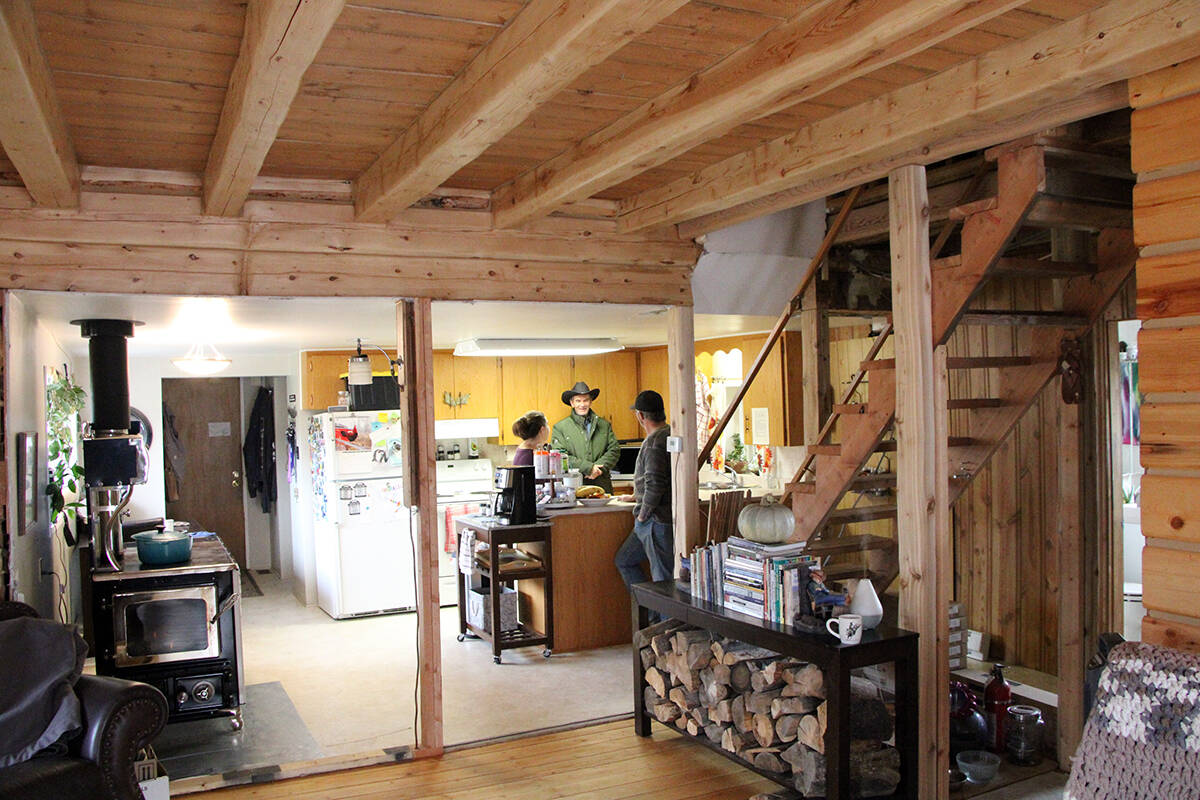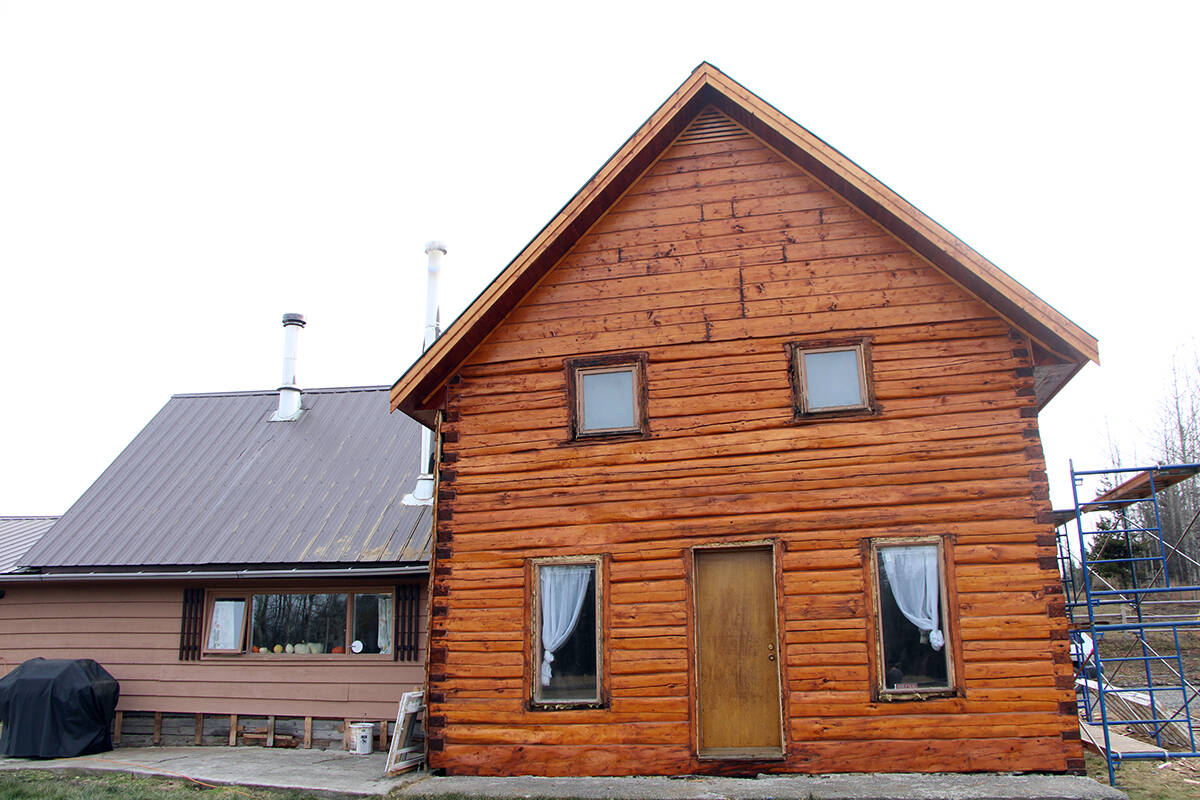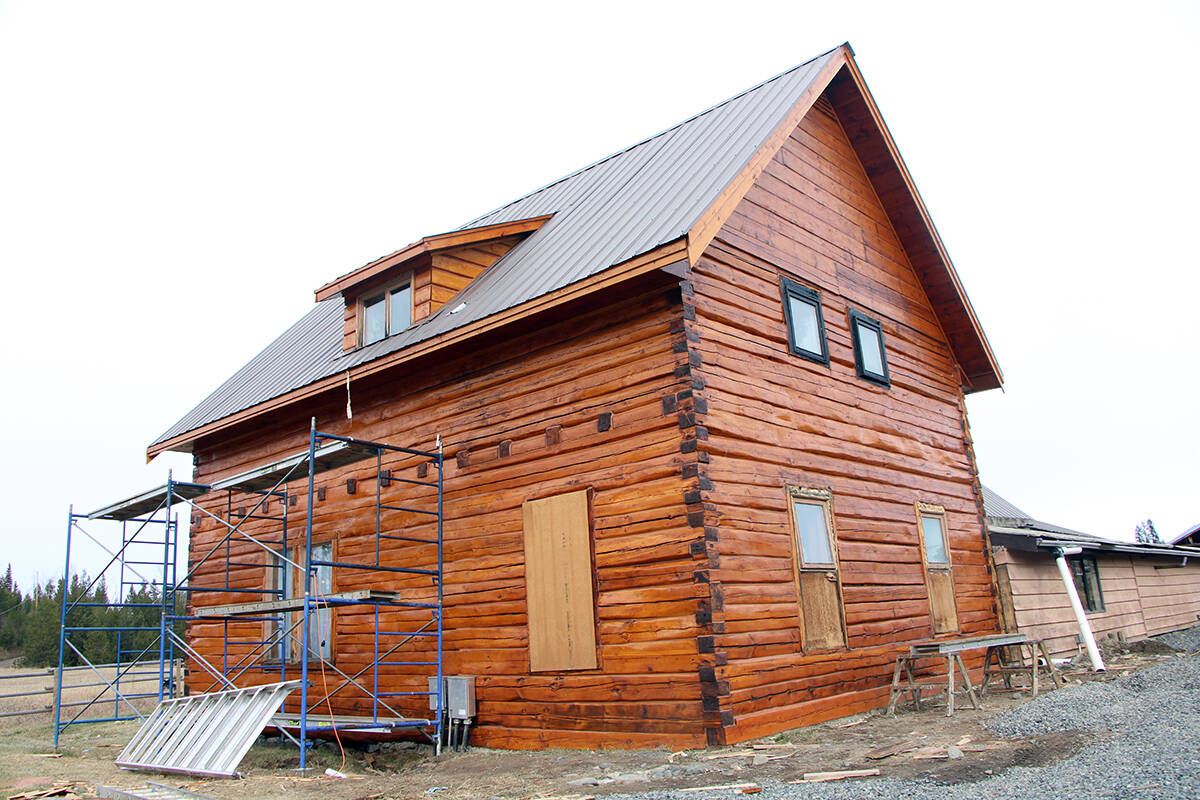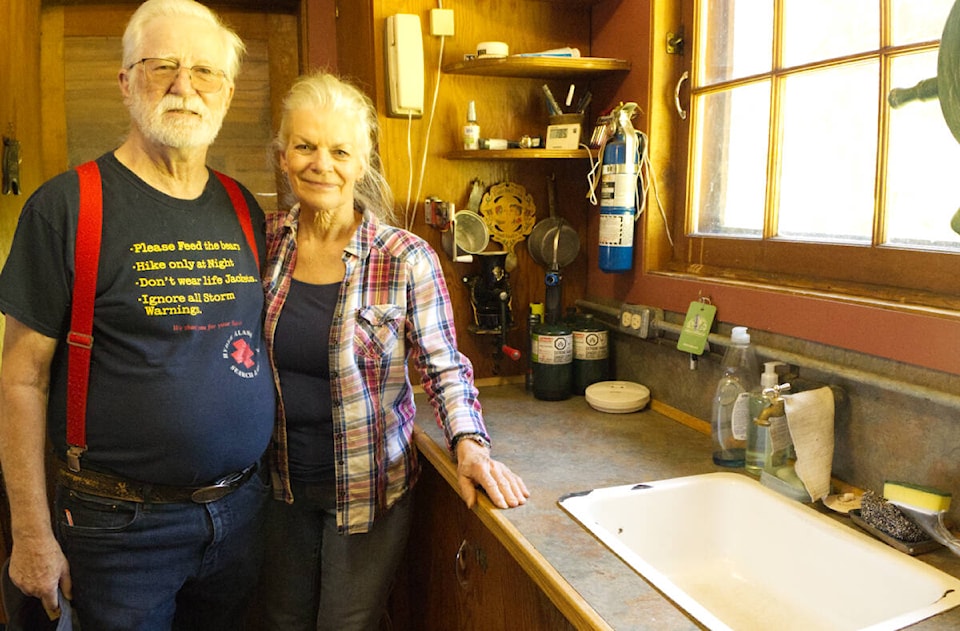Joint byline: Kelly Sinoski and Diana Forster
Mary Weight’s “sweet summer cabin” still sits at the end of Sulphurous Lake.
It hasn’t changed much from when she was a girl in the 1950s. It still has its big woodstove and screened porch, its WWII bunks and a solid roof - all things that made it almost “high class” back in the day.
It was a glorious place to spend the summers as a child, she says, but some of her year-round neighbours weren’t so lucky.
“There were very few people who lived up here and most of them were just eking out a living,” Weight, 73, says. “If they had a cabin with a roof over their heads they were doing well. It was really, really hard for people. We didn’t meet a lot of people because people tended to be quiet and stuck to themselves.”
Today, the area is considered part of the “Deka District” - a strictly residential and recreational community, home to free-range cattle in the summer and more wildlife than people most of the year. Recognized as the Mahood Lake Road corridor, it comprises four lakes: Deka, Hathaway, Higgins and Sulphurous, as well as parts of Judson and Horse Lake roads.
The larger area was named for Billy “English” Decker, a well-known First Nations man who spoke English while befriending the early settlers. In 1913, he and a young woodsman called Ed Higgins spoke deep into the night about the history of the land and how to live in the wilderness.
“There was a big fire all over this land many years ago. Everything was destroyed. Where the woods had been full of deer and moose and elk and many fur-bearing animals, none of them survived,” Decker was quoted as saying in the 100 Mile Free Press Centennial edition in 1971. “All the fish died, too, except in the few big lakes where the water stayed cool. The Indian went hungry; many perished. To this day, my people have camped on the big lakes, Fish and Eagle, to smoke the fish.”
At the time of that fireside chat, the nearby Roe Lake area was the only that had been settled. Ole Larson and his wife Hilda had travelled to the area from Montana, setting up camp at West Sheridan Lake. Hilda gave birth to the first white baby born in the area before the Larsons moved to North Bridge Lake Road end of Judson Road.
Their house accommodated the first doctor’s monthly visits to the settlement. The itinerant dentist, Dr. Tyreman, also saw his patients there. While the Higgins family made the sausages, the Larsons provided the casings from their pig intestines.
Hilda set up a shop in a small cabin on the property and, on their annual difficult and lengthy trips to Ashcroft, would come home with 1,500 lbs of flour, 1,000 lbs of sugar, plenty of dried fruit, and great quantities of “Cariboo strawberries,” more properly called beans. The family‘s survival also depended greatly on sales of cream from their dairy cows.
Thea (Boultbee) Rousell, 76, remembers travelling the rough roads from Lac des Roches to visit her grandparents Ole and Hilda. She recalls nights spent squashed against the wall in her granny’s narrow bed.
She stopped by for a visit at the house last month. It had been restored by Sylvester McNeil for owners Joe Wright and Louise Munson. The old Higgins house on the corner looks much the same, she says.
Her granny’s house, though, was exciting to see. McNeil had pulled off the outside cedar siding on the home, discovering strong local stone foundation and solid hand-hewn square logs with rough dove-tailed corners.
“You felt like somebody was caring for it, that it was looked after and there was love,” Rousell said. “This place has soul.”
The community has endured many changes over the past century, before morphing into the larger Interlakes District. In 1935, Walter and Nonie Daniels built the first cabins and icehouse and, in 1941, opened the original Cariboo Chalet an “exclusive resort.”
Their arrival was followed by Charlie and Marg Womack, who arrived in 1948 to run a guide-outfitter business. They bought and sold well over 1,000 acres, including the original Deka Lake Resort property. Charlie also pushed the road through from Deka Lake to Needa Lake and donated the land for Deka Lake Volunteer Fire Hall.
When Weight’s parents - the late Lorin Lind and Isabel Wynne - bought their 30 acres, there were two resorts in the area, on Deka and Sulphurous. It was quiet, peaceful. The family would bring up their 20 meat chickens and 10 laying hens and retrieve their goat from a neighbour who had boarded it over the winter.
“We didn’t have anyone across the fence to chat with or anything like that,” Weight says. “There were no other children that I was aware of. We seldom got dressed. My dad built a little sauna down by the lake so we could get clean.”
But change was inevitable.
In 1960, the Womacks sold the Deka Resort to Tom Hurst, who developed the Deka Subdivision. The population exploded. The Cariboo Regional District (CRD) took over in 1968, and zoning bylaws arrived in 1970-71. In 1969, Wolf and Erna Zink were the first lot owners on Deka Lake. More followed, snapping up lots on the lake.
Most residents are unaware that there once was a buffalo ranch at one end of Judson Road, owned by Albert Walters on property still owned by his family. Over 70 years ago, Walters guided topographical surveys on the Yukon River, and visitors were always welcome to drop by to see his “museum” and his buffalo herd.
“When I came up on holiday I said ‘Mom what happened? Our little quiet lake has exploded,” Weight says.
The growth has ebbed and flowed over the years. Pre-pandemic, cabins sat empty for years before a sale. In the past three years, people bought up every piece of property available.
In the summer, the population in the community quadruples.
Weight and her husband Ted returned in 1990, buying the property from her mother who had stayed on after her father died in a plane crash - Lorin Lake is named after him. They kept five acres for themselves, sold the other 25 to their son next door.
“This still feels an awful lot like it did when I was growing up.”
Although she loves solitude, Weight immersed in the community, in the Deka Lake & District Ratepayers’ Association (DLDRA), the Ladies Auxiliary and the Mountain Spruce Community Association.
“It’s a nice little community and you get involved in all of the things,” she says.
Since 1987, DLDRA has served the community by providing bulletin boards, docks, channel markers, no shooting signs, streetlights, and various other improvements at all four lakes’ accesses.
The association maintains the fireboard, provides three annual newsletters, and has helped initiate the Park Proposal, the Woodlot 1483 Committee and, in 1999, Citizens on Patrol.
When members of DLDRA and SLDVFA were successful in receiving “proposed provincial park” status on the isthmus between Deka and Sulphurous in 1998, a B.C. ministry of environment employee said: “It’s incredible. Do you realize what (these few people) have done? Just look what you’ve got. It’s time someone gave them the credit.”
Tucked away at the of Sulphurous, Weight feels blessed. She and Ted sit on chairs outside the sauna, which her father built so they could get clean in the old days. They wave at fishermen as they go by. Visitors can sleep in the old cabin right on the lake.
If they need anything, the Interlakes store is a short drive away on paved roads and not a full day’s journey into 100 Mile House. They can do laundry at home. They have cell phones if they need them but they rarely do.
“It suits us to be out here and on our own,” Weight saysd. “There’s quite a large number of people who moved up in the ’70s who kind of lament and want the life they had but it’s gone. It’s just different. It’s still a quiet life.”
